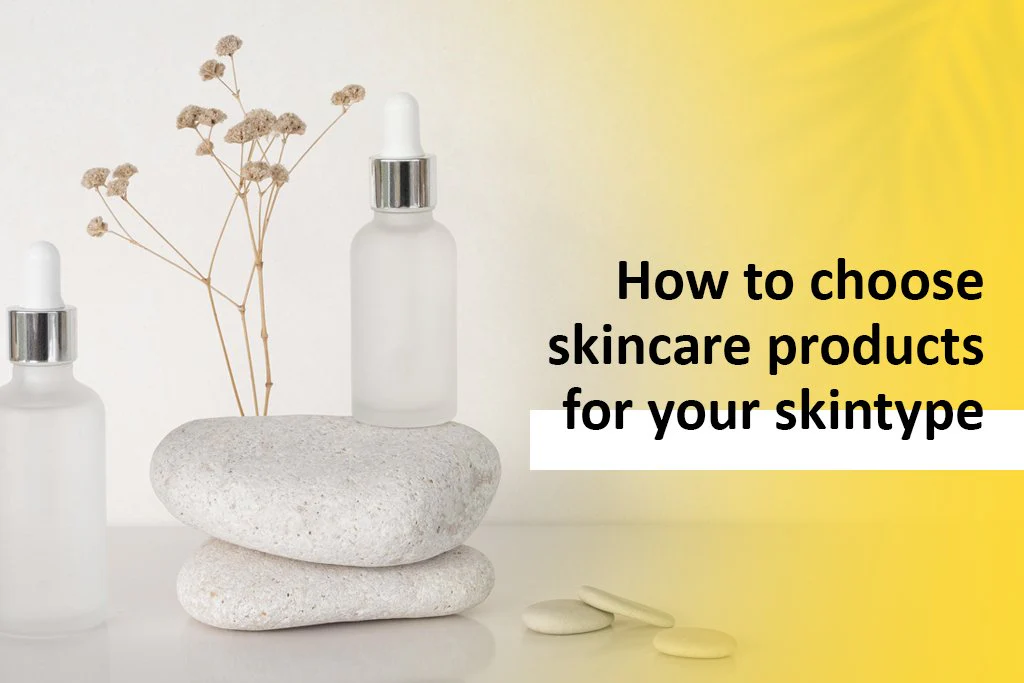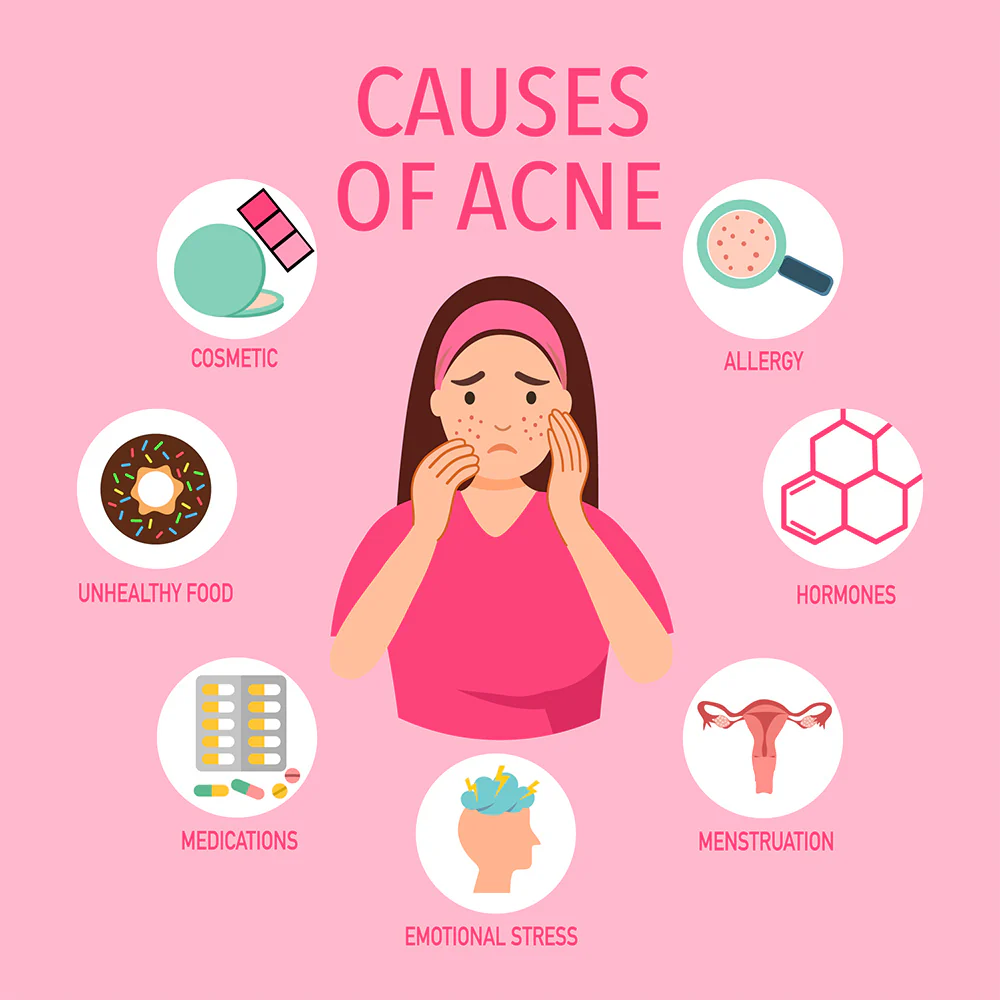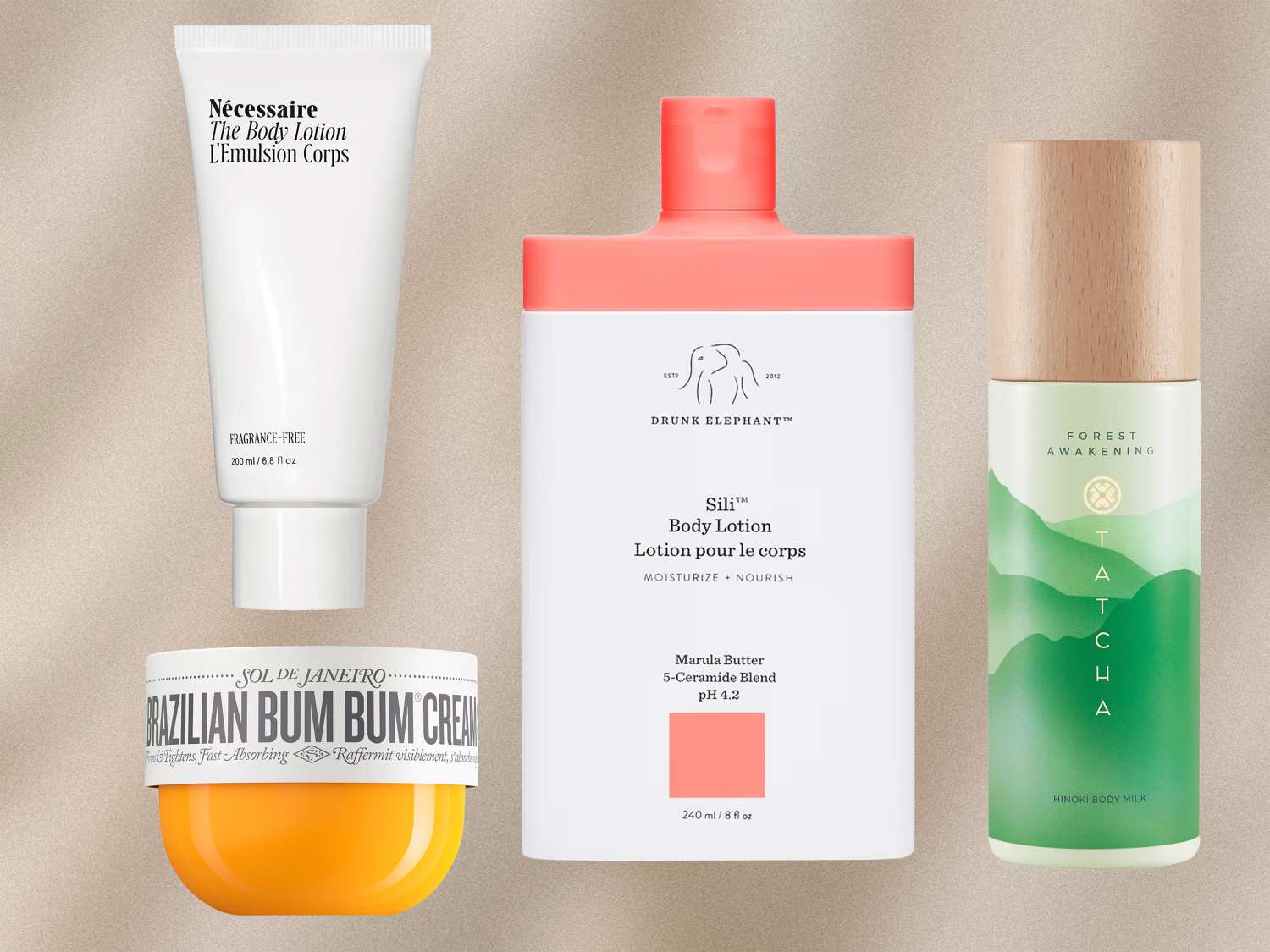Choosing the right skincare products can feel overwhelming, especially with the huge number of options available today. Serums, toners, gels, creams, oils, actives, and exfoliants—all claiming to hydrate, brighten, smooth, or rejuvenate. But the truth is that the most important factor in building an effective routine isn’t the number of products you use or the brand you choose—it’s whether those products match your skin type.
Every skin type has its own characteristics, needs, and sensitivities. Using the wrong products can lead to breakouts, dryness, irritation, or general imbalance, even if the product is high quality. In this guide, you’ll learn how to identify your skin type, which ingredients and textures work best for it, and how to confidently select products that support a healthy, balanced, radiant complexion.
1. Understanding the Main Skin Types
Skin types are typically classified into five categories: normal, dry, oily, combination, and sensitive. Your skin type is determined by genetics but can be influenced by hormones, environment, and age.
Normal Skin:
Balanced oil production, few breakouts, minimal sensitivity. Easy to maintain.
Dry Skin:
Tightness, flaking, dullness, or rough patches—indicating a lack of moisture or oil.
Oily Skin:
Shininess, enlarged pores, frequent breakouts due to excess sebum.
Combination Skin:
Oily T-zone (forehead, nose, chin) with drier cheeks.
Sensitive Skin:
Easily irritated; may react to fragrance, alcohol, or harsh ingredients.
Knowing your type helps you choose products that address your skin’s natural behaviour—not fight against it.
2. How to Identify Your Skin Type
If you’re unsure which type you have, try the simple “bare face test”:
- Wash your face with a gentle cleanser.
- Do not apply any products afterward.
- Wait 1–2 hours and observe your skin.
If your skin feels tight or flaky: you’re likely dry.
If it’s shiny everywhere: you’re oily.
If it’s shiny in T-zone but dry elsewhere: you’re combination.
If it feels balanced and comfortable: normal.
If it feels irritated or red: potentially sensitive.
This basic test gives you a reliable baseline.
3. Choosing Cleansers Based on Skin Type
Cleansing is the cornerstone of every routine—and one of the easiest steps to get wrong.
Dry or Sensitive Skin:
Choose cream, milk, or oil cleansers. Look for formulas containing ceramides, glycerin, and soothing botanicals like oat extract.
Oily or Acne-Prone Skin:
Gel cleansers or foam cleansers with salicylic acid help remove excess oil without stripping the skin.
Combination Skin:
Use gentle gel cleansers that balance oil without drying cheeks.
Avoid harsh sulfates and overly fragranced cleansers unless your skin tolerates them well.
4. Picking the Right Moisturiser
Moisturisers prevent water loss and strengthen the skin barrier—but the ideal texture depends on your skin type.
Dry Skin:
Look for rich creams containing shea butter, ceramides, hyaluronic acid, squalane, and fatty acids.
Oily Skin:
Opt for lightweight gels or gel-creams. Ingredients like niacinamide help regulate oil production.
Combination Skin:
Use gel moisturiser on oily areas and slightly richer cream on dry zones—or choose a balanced formula.
Sensitive Skin:
Choose fragrance-free formulas with panthenol, ceramides, and barrier-supporting ingredients.
A moisturiser should feel comfortable—not greasy, tight, or irritating.
5. Choosing Serums and Active Ingredients
Serums target specific concerns, so choose ingredients based on your goals:
For acne: salicylic acid, benzoyl peroxide, niacinamide.
For dryness: hyaluronic acid, glycerin, squalane.
For pigmentation: vitamin C, alpha-arbutin, tranexamic acid.
For aging: retinoids, peptides, antioxidants.
For sensitivity: panthenol, centella asiatica, ceramides.
Choose one or two actives rather than overwhelming your routine with too many strong ingredients at once.
6. Selecting Exfoliants Safely
Exfoliation smooths texture and brightens skin, but the type you choose matters.
Dry or Sensitive Skin:
Use lactic acid or mandelic acid 1–2 times per week.
Oily Skin:
Salicylic acid helps unclog pores and reduce breakouts.
Combination Skin:
Alternate between AHAs and BHAs depending on your skin’s needs.
Avoid harsh scrubs, especially with nut shells or sharp particles, as they can create micro-tears and irritation.
7. Sunscreen: Essential for Every Skin Type
No matter your skin type, sunscreen is non-negotiable. Sun exposure accelerates aging, worsens pigmentation, and weakens the skin barrier.
Oily skin: gel or water-based sunscreens.
Dry skin: hydrating cream sunscreens.
Sensitive skin: mineral (zinc or titanium) sunscreens to avoid irritation.
Dark skin: look for sheer or hybrid formulas to avoid white cast.
SPF 30 or higher is best for daily use.
8. What to Avoid for Your Skin Type
Dry skin: avoid alcohol-heavy toners, harsh foams, and over-exfoliation.
Oily skin: avoid heavy oils or thick occlusives on the face.
Sensitive skin: avoid fragrance, strong retinoids, and high-concentration acids early on.
Combination skin: avoid treating the entire face as one uniform type—customise instead.
Understanding what not to use is just as important as knowing what works.
9. Patch Testing and Slow Introduction
Always patch test new products—especially actives. Introduce one new product at a time and wait 10–14 days before adding another. This method protects your skin and helps you pinpoint irritants quickly.
Final Thoughts
Choosing the right skincare products becomes effortless when you understand your skin type and its needs. By selecting cleansers, moisturisers, serums, exfoliants, and sunscreens that complement your natural skin behaviour, you create a routine that supports long-term balance and radiance. Skincare isn’t about chasing trends—it’s about choosing what works for your skin.



